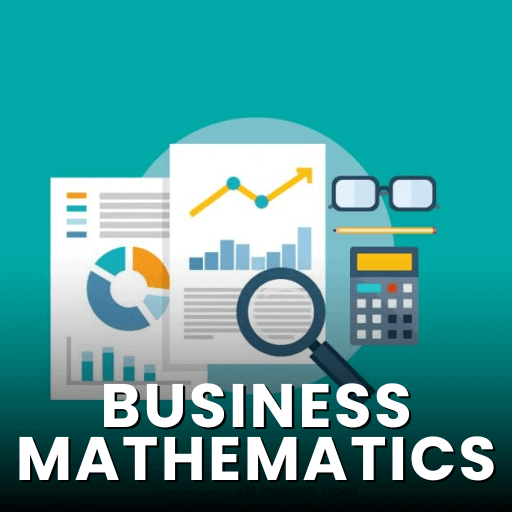Best Study Material for CA Foundation Exam
CA Foundation Exam > CA Foundation Notes > Accounting for CA Foundation > PPT - Bills of Exchange and Promissory Notes - 4
PPT - Bills of Exchange and Promissory Notes - 4 | Accounting for CA Foundation PDF Download
| Download, print and study this document offline |
Please wait while the PDF view is loading
Page 1 Bills of Exchange and Promissory Notes-Part 4/6 CPT Section A Fundamentals of Accountancy Chapter 7 Unit 3 CA. Ajay Lunawat Page 2 Bills of Exchange and Promissory Notes-Part 4/6 CPT Section A Fundamentals of Accountancy Chapter 7 Unit 3 CA. Ajay Lunawat DISHONOR OF BILL Page 3 Bills of Exchange and Promissory Notes-Part 4/6 CPT Section A Fundamentals of Accountancy Chapter 7 Unit 3 CA. Ajay Lunawat DISHONOR OF BILL Dishonour of Bills The bill will not be paid The bill becomes useless The party from whom the bill was received will be liable to pay the amount And also the expenses incurred by the party. Page 4 Bills of Exchange and Promissory Notes-Part 4/6 CPT Section A Fundamentals of Accountancy Chapter 7 Unit 3 CA. Ajay Lunawat DISHONOR OF BILL Dishonour of Bills The bill will not be paid The bill becomes useless The party from whom the bill was received will be liable to pay the amount And also the expenses incurred by the party. NOTARY PUBLIC If there is dishonour, or fear of dishonour, the bill will be given to a public official known as “Notary Public”. Page 5 Bills of Exchange and Promissory Notes-Part 4/6 CPT Section A Fundamentals of Accountancy Chapter 7 Unit 3 CA. Ajay Lunawat DISHONOR OF BILL Dishonour of Bills The bill will not be paid The bill becomes useless The party from whom the bill was received will be liable to pay the amount And also the expenses incurred by the party. NOTARY PUBLIC If there is dishonour, or fear of dishonour, the bill will be given to a public official known as “Notary Public”. NOTARY PUBLIC – Bill Honoured Notary PublicRead More
|
68 videos|160 docs|83 tests
|
FAQs on PPT - Bills of Exchange and Promissory Notes - 4 - Accounting for CA Foundation
| 1. What is a bill of exchange? |  |
| 2. What is a promissory note? |  |
Ans. A promissory note is a written promise made by one party (maker or borrower) to another party (payee or lender) to pay a specified sum of money on demand or at a specific time in the future. Unlike a bill of exchange, a promissory note does not require a drawee and is a direct obligation of the maker. It is commonly used in lending transactions, such as loans or credit agreements.
| 3. What are the key differences between a bill of exchange and a promissory note? |  |
Ans. The key differences between a bill of exchange and a promissory note are as follows:
- Parties involved: A bill of exchange involves three parties (drawer, drawee, and payee), whereas a promissory note involves only two parties (maker and payee).
- Order vs. promise: A bill of exchange contains an unconditional order to pay, while a promissory note contains an unconditional promise to pay.
- Drawee requirement: A bill of exchange requires a drawee, who is directed to make the payment, whereas a promissory note does not require a drawee.
- Transferability: A bill of exchange is a negotiable instrument and can be transferred by endorsement and delivery, while a promissory note is not inherently negotiable.
- Usage: Bills of exchange are commonly used in commercial transactions, while promissory notes are commonly used in lending transactions.
| 4. What are the advantages of using bills of exchange and promissory notes in business transactions? |  |
Ans. The advantages of using bills of exchange and promissory notes in business transactions are as follows:
- Convenience: Bills of exchange and promissory notes provide a convenient and formal method of making and receiving payments in commercial or lending transactions.
- Negotiability: Bills of exchange, being negotiable instruments, can be transferred to third parties by endorsement and delivery, providing flexibility and liquidity in transactions.
- Legal enforceability: Bills of exchange and promissory notes are legally enforceable instruments, providing a stronger legal remedy in case of non-payment or default.
- Creditworthiness assessment: The acceptance or issuance of bills of exchange and promissory notes can help assess the creditworthiness and financial stability of the parties involved, providing valuable information for future business dealings.
- International acceptance: Bills of exchange and promissory notes are widely accepted and recognized internationally, making them suitable for cross-border transactions.
| 5. What are the key elements required for a bill of exchange or a promissory note to be valid? |  |
Ans. The key elements required for a bill of exchange or a promissory note to be valid are as follows:
- In writing: Both instruments must be in writing, either handwritten, printed, or in electronic form.
- Unconditional order or promise: A bill of exchange must contain an unconditional order to pay, while a promissory note must contain an unconditional promise to pay.
- Fixed amount: The amount of money to be paid must be clearly stated and fixed.
- Parties' details: The names and addresses of the parties involved (drawer, drawee, payee, maker, and payee) must be clearly mentioned.
- Date and place: The instrument should contain the date and place of issuance.
- Signature: The instrument must be signed by the drawer or maker.
- Delivery: The instrument must be delivered to the payee or subsequent holders in the case of bills of exchange.
Related Searches


























